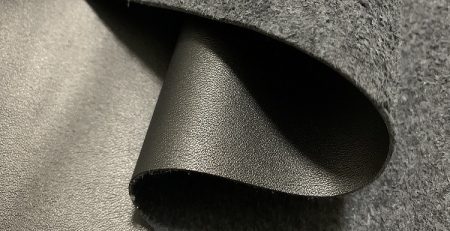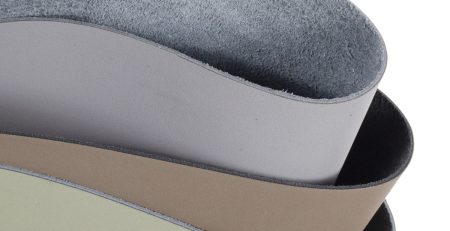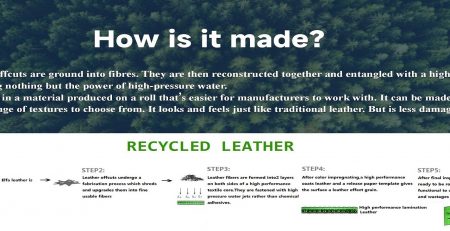What makes recycled leather environmentally friendly?
Recycled leather is environmentally friendly for several reasons:
1. Reduction of waste: Recycled leather is made from scraps of leather or leather fibers that would otherwise be discarded as waste. By using these materials, recycled leather helps to reduce landfill waste and the need for new resources.
2. Conservation of natural resources: Since recycled leather is made from existing materials, it reduces the demand for new leather, which in turn helps to conserve natural resources such as animal skins and the energy required to process them.
3. Lower carbon footprint: Manufacturing recycled leather typically requires less energy and generates fewer greenhouse gas emissions than producing new leather. This is because the process of making recycled leather involves reusing existing materials, which requires less energy and resources than the process of obtaining new leather from animal skins.
4. Reduced pollution: The production of recycled leather generally results in less pollution than the production of new leather. For example, the process of making recycled leather may involve fewer chemicals and fewer stages of processing, which can reduce the environmental impact.
5. Animal-friendly: Recycled leather is often used as an alternative to genuine leather, which means that it can help to reduce the demand for animal-derived products and the associated animal suffering and environmental impacts associated with animal agriculture.
Overall, recycled leather is environmentally friendly because it helps to reduce waste, conserve natural resources, lower carbon footprint, reduce pollution, and promote animal welfare.





